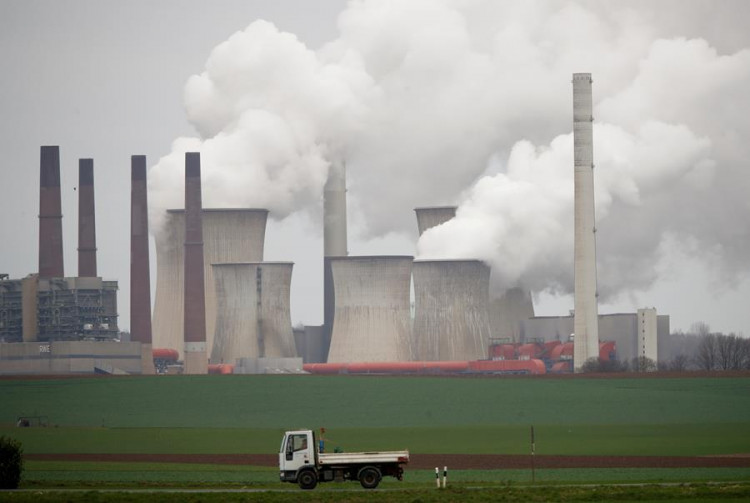The United Nations meteorological office said on Monday that the globe was "far off track" in terms of meeting its targets for limiting global warming. Greenhouse gas concentrations reached a new high in 2020, the organization said.
A report by the World Meteorological Organization said carbon dioxide levels increased to 413.2 parts per million in last year, increasing at a faster rate than the average rate over the previous decade despite a temporary drop in emissions during the COVID-19 lockdowns, which started in December.
Petteri Taalas, the Secretary-General of the United Nations Climate Change Organization, stated that the current rate of increase in heat-trapping gases would result in temperature rises "far in excess" of the 2015 Paris Agreement target of 1.5 degrees Celsius above the pre-industrial average during the course of this century.
"We've gone completely off the rails," he admitted. "We must reexamine our industrial, energy, and transportation systems, as well as our entire way of life," he said, calling for a "substantial rise" in commitments during the COP26 meeting, which begins on October 31 and runs through November 3.
Participants from around 200 countries will gather in Glasgow, Scotland to discuss how to increase action against global warming under the Paris climate deal.
The yearly study from the Geneva-based agency analyzes the concentrations of carbon dioxide, methane, and nitrous oxide in the atmosphere, the gases that are warming the world and causing extreme weather events such as heatwaves and heavy rainfall.
In line with expectations, the COVID-19 economic slowdown "had no detectable impact on the atmospheric levels of greenhouse gases and their growth rates," according to the research.
Carbon dioxide levels, which are the most significant contributor to global warming according to early studies, were found to be rising in 2021, the report continued.
Even if significant emissions reductions are implemented immediately, climate scientists believe that the warming trend will continue indefinitely since historical carbon dioxide emissions persist in the atmosphere for centuries.
The World Meteorological Organization (WMO) research also expressed concern about the ability of the ocean and land to absorb nearly half of the carbon dioxide emissions, noting that ocean uptake may be reduced as a result of rising sea surface temperatures and other causes, the report said.






